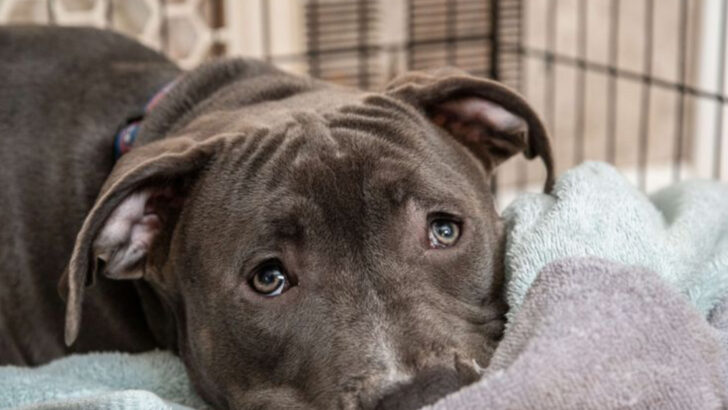Getting a scared dog to leave their crate can feel like trying to unlock a mysterious treasure chest. But instead of gold, you’re looking for trust and comfort—things that every dog deserves. The crate, often seen as a safe haven, can turn into a prison of anxiety when fear takes hold.
Patience is your best tool. It’s not about rushing the process, but about letting your dog feel secure enough to step out on their own terms. They’ll look to you for guidance, reassurance, and comfort as they face a world full of unknowns.
In this post, we’ll dive into 14 compassionate ways to help your furry friend reclaim their courage and confidence. From creating a soothing environment to offering irresistible treats, these methods will guide you both through the process with love and understanding.
Get ready to build that bond and help your dog take those first steps toward feeling safe and happy.
Create a Calming Environment
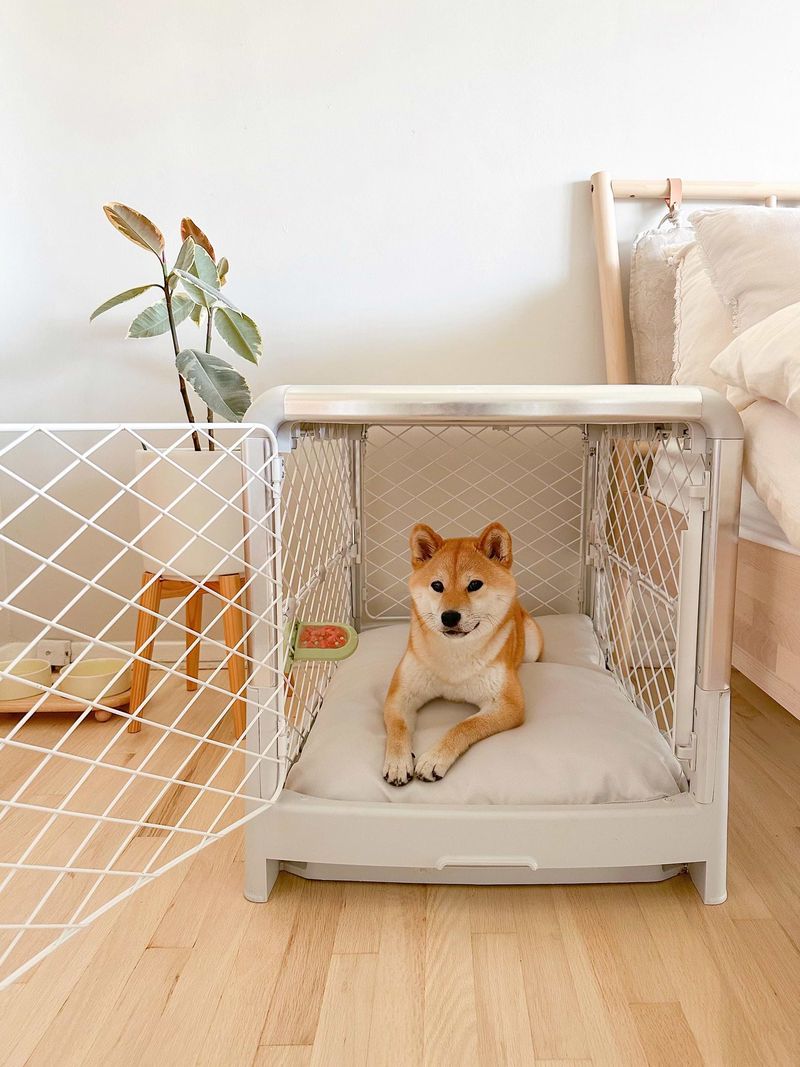
Start by creating a calming environment around the crate. Use soft lighting to reduce harsh shadows that might frighten your dog. Play gentle, soothing music to mask any sudden noises. These elements can help reduce anxiety levels.
Place a comfortable dog bed near the crate to encourage your dog to venture out and explore their surroundings. The inviting atmosphere should feel safe and welcoming. Remember, patience is key as your dog adjusts to the new setting.
Encourage them with soft words and gentle gestures, making the space as serene as possible to ease their fears.
Offer Tasty Treats
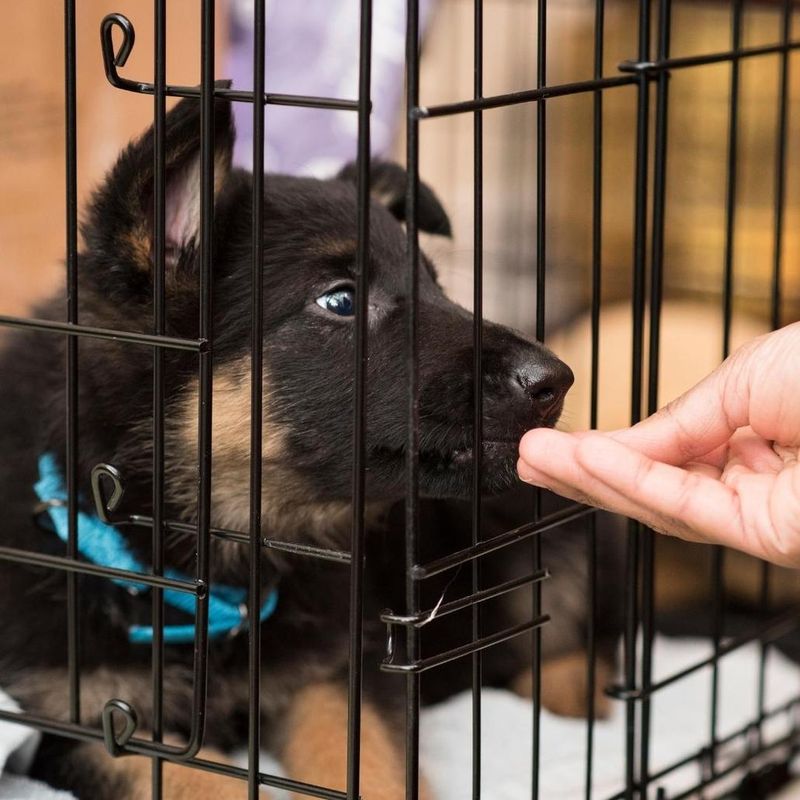
Tempt your dog with tasty treats to coax them out of the crate. Use their favorite snacks to create a positive association with leaving the crate. Hold the treat a short distance away, encouraging them to reach out and take it.
Make sure to reward any small steps they take towards coming out. This positive reinforcement can boost their confidence and reduce anxiety. Be patient and consistent with offering treats, ensuring they feel safe while reaching for them.
Gradually increase the distance of the treat from the crate to encourage more movement and build trust.
Use Positive Reinforcement
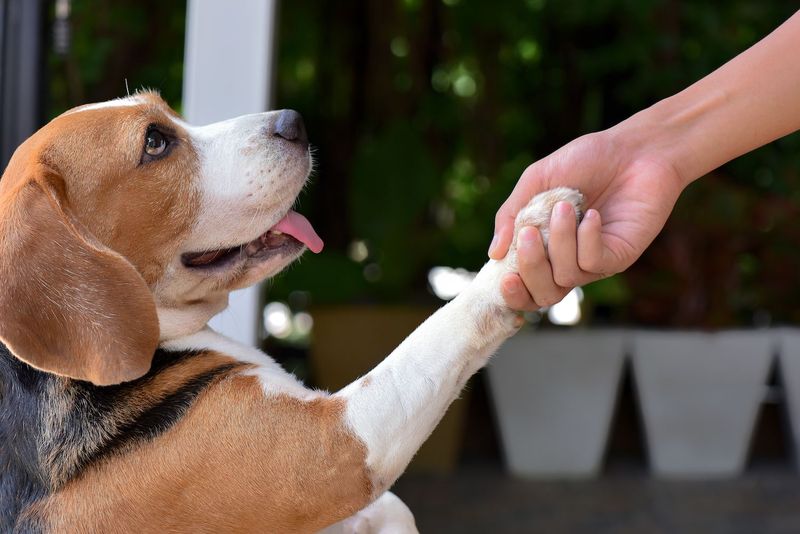
Positive reinforcement is powerful in encouraging a scared dog to venture out. Whenever your dog shows bravery, like poking their head out, celebrate these moments with praise and affection. Use a cheerful tone to convey your joy.
Clapping your hands and offering verbal rewards can boost their confidence and motivate them to explore further. This consistent acknowledgment of their progress reinforces positive behavior.
Avoid any negative reactions if they retreat, as it can heighten their fear. Instead, focus on celebrating small successes to build trust and security.
Introduce Toys Gradually
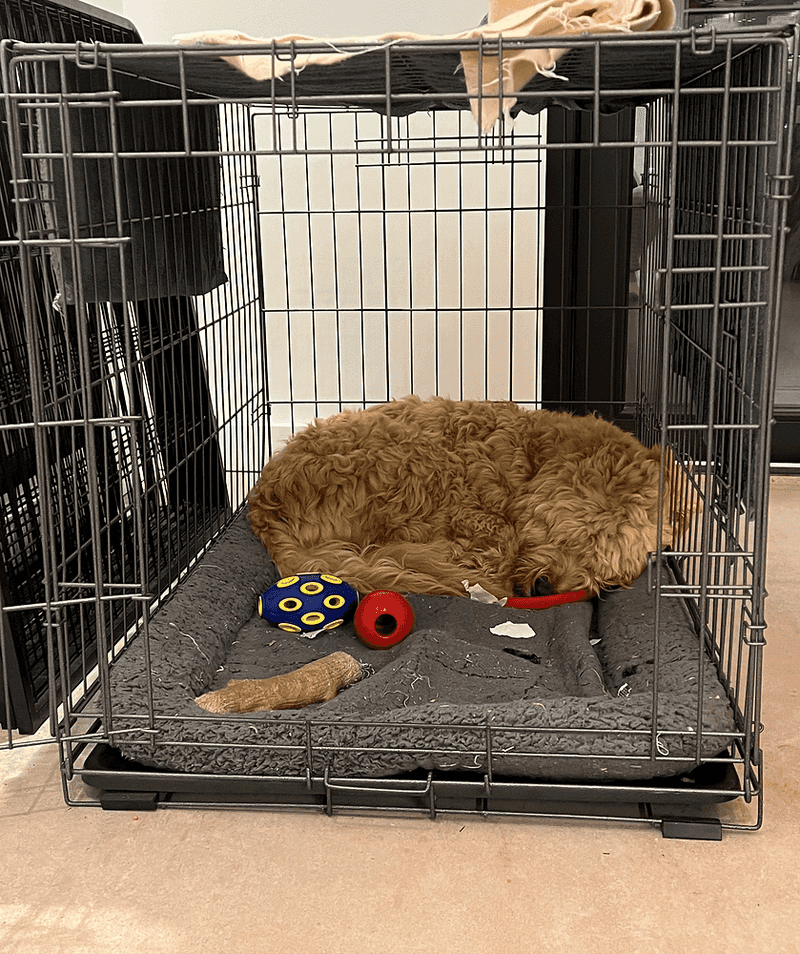
Introduce toys gradually to create interest. Start by placing a favorite toy just outside the crate, enticing your dog to come closer. Gently engage with the toy, making it look fun and appealing.
Allow your dog to observe and sniff it without pressure. This playful interaction can help distract them from their fear and encourage movement.
As they grow comfortable, slowly introduce more toys, each time placing them a bit further from the crate. This gradual introduction can motivate your dog to step out and enjoy playtime, associating the outside with positive experiences.
Stay Calm and Patient
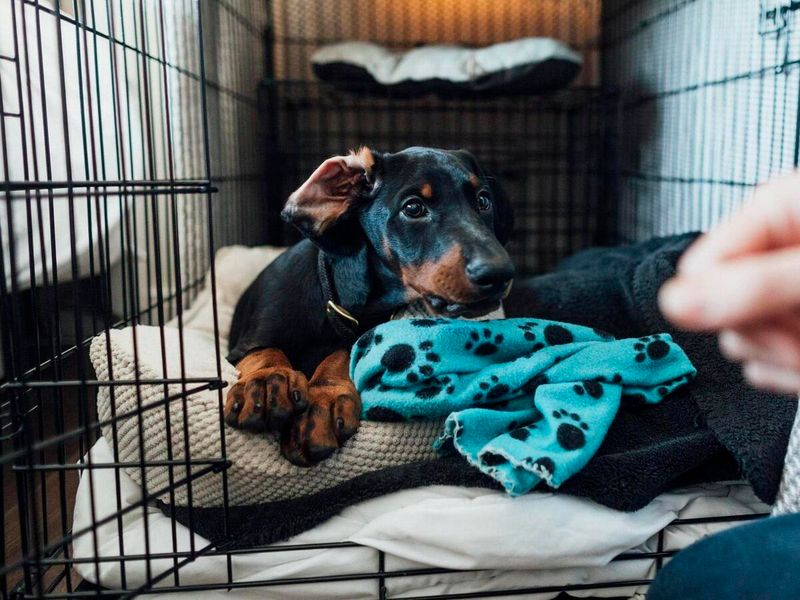
Staying calm and patient is essential when dealing with a scared dog. Your demeanor greatly influences their behavior. If you remain relaxed, it helps convey a sense of safety.
Sit quietly near the crate, speaking softly and avoiding sudden movements. This serene presence can help reassure your dog that everything is okay.
Patience is vital as progress might be slow. Each dog adapts at their own pace, so avoid rushing. Consistent calmness eventually encourages trust, making it easier for your dog to come out and feel secure in their environment.
Use Scent to Attract
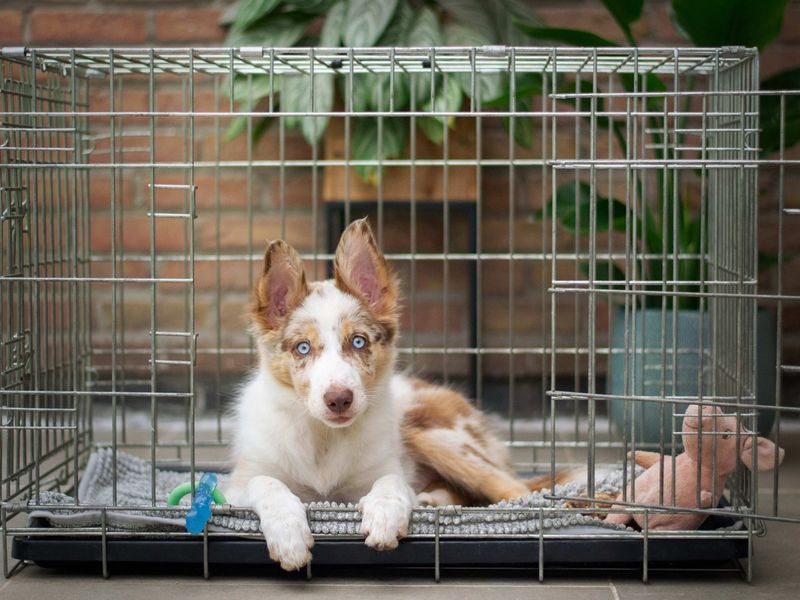
Use familiar scents to attract your dog out of their crate. A blanket or toy with your scent can be comforting and inviting. Place it near the entrance to entice them.
Dogs are drawn to smells that remind them of their owner, so incorporating your scent can provide reassurance. This method helps bridge the gap between safety and curiosity.
As your dog approaches the scented item, offer gentle encouragement. The familiar aroma paired with soft words can boost their confidence to step out, linking your comforting presence with the idea of exploration.
Create a Routine
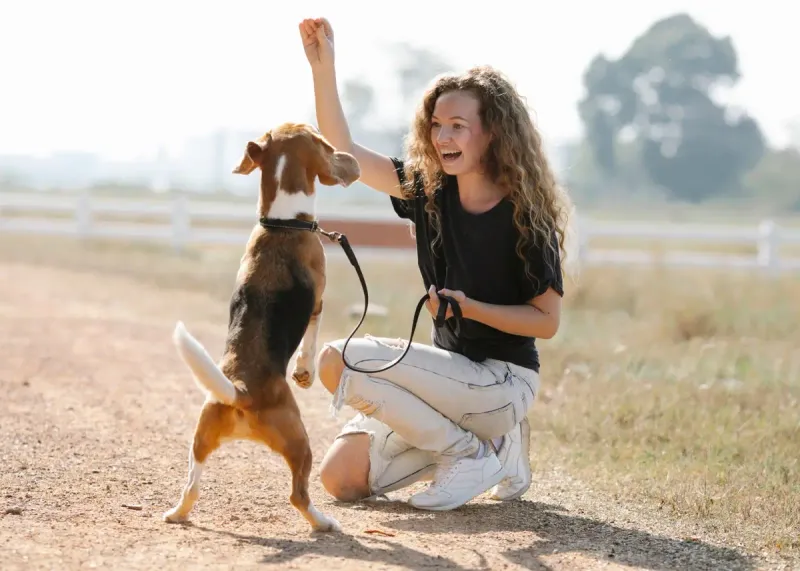
Establishing a routine helps provide structure and predictability, which comfort anxious dogs. Feed, walk, and play with your dog at the same times each day.
A consistent schedule reassures them by reducing uncertainty. Dogs thrive on routine, so maintaining regularity in their activities can lessen anxiety about leaving the crate.
Pair routine moments with gradual exposure to the outside of the crate, encouraging exploration. Consistency helps them understand what to expect, fostering a sense of safety and confidence in stepping out and engaging with their environment.
Use Desensitization Techniques
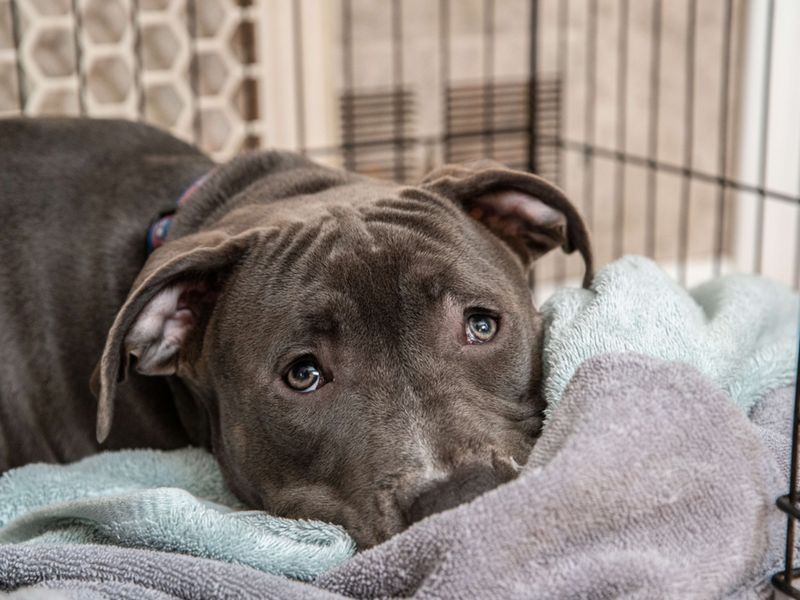
Desensitization involves exposing your dog to the crate’s movements and sounds gradually. Start by gently moving the crate or making quiet noises near it, observing your dog’s reaction.
Ensure these actions are subtle, avoiding overwhelming them. If your dog remains calm, reward them with a treat or praise. Gradual exposure helps them become accustomed to changes without fear.
This process requires patience, as it might take time for your dog to feel secure. Consistent, gentle desensitization can lessen fear and encourage them to move freely in and out of the crate.
Encourage Socialization
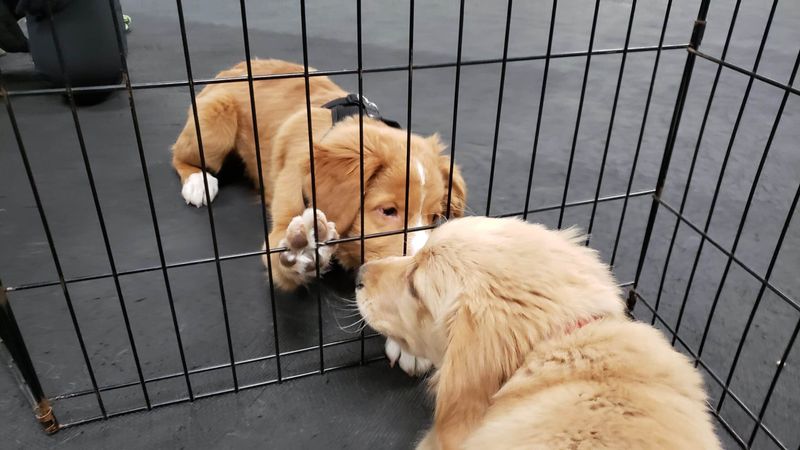
Socialization can help ease a scared dog’s anxiety. Introduce them to calm, friendly dogs or people in a controlled environment.
Encouraging positive interactions can distract from their fear and provide comfort through companionship. Supervise these meetings to ensure they remain stress-free and enjoyable.
As your dog observes relaxed behavior in others, they might feel more inclined to leave the crate and join in. Social activities can be incredibly reassuring, helping them understand that the world outside the crate is safe and welcoming.
Provide a Safe Space Nearby
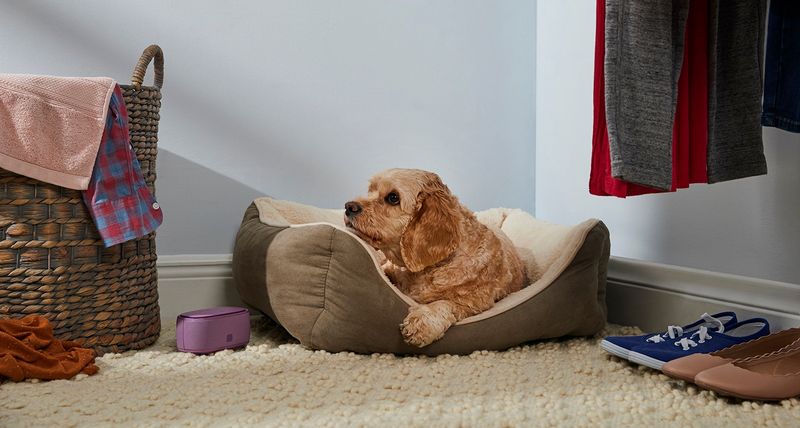
Create a safe space outside the crate where your dog can retreat to when feeling anxious. A comfortable dog bed or blanket in a quiet corner can serve as an inviting refuge.
Encourage your dog to explore this area by placing treats or toys nearby. This additional safe zone offers a choice, fostering independence and reducing crate reliance.
Gradually, your dog may prefer the new space, associating it with safety and relaxation. This step helps build confidence, allowing them to feel secure enough to explore further beyond the confines of the crate.
Use Clicker Training
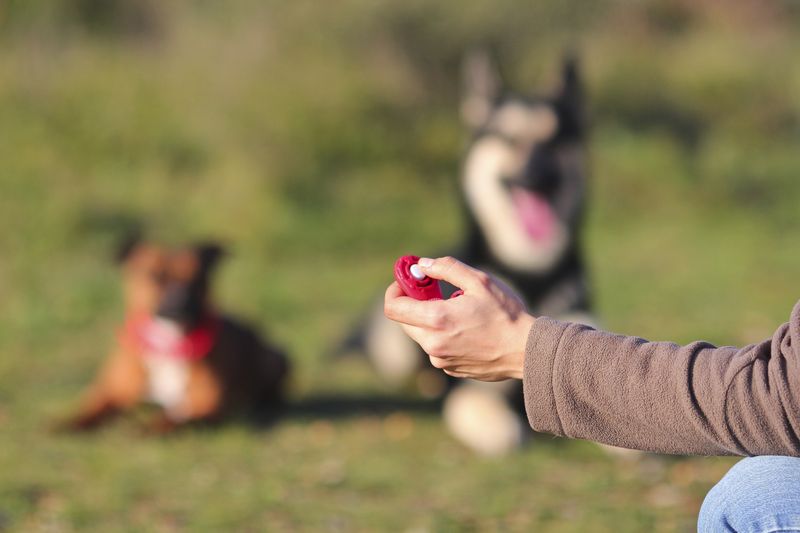
Clicker training can be an effective method to encourage a scared dog to leave the crate. The click sound marks positive behavior, followed by a treat.
Start by clicking and treating when your dog shows curiosity or makes any movement towards the outside. This technique helps build positive associations with leaving the crate.
The precise timing of clicks captures your dog’s attention, reinforcing desired actions. Over time, as they grow more confident, increase the challenge by clicking for movements further from the crate. This method promotes gradual exploration and builds trust.
Incorporate Playtime
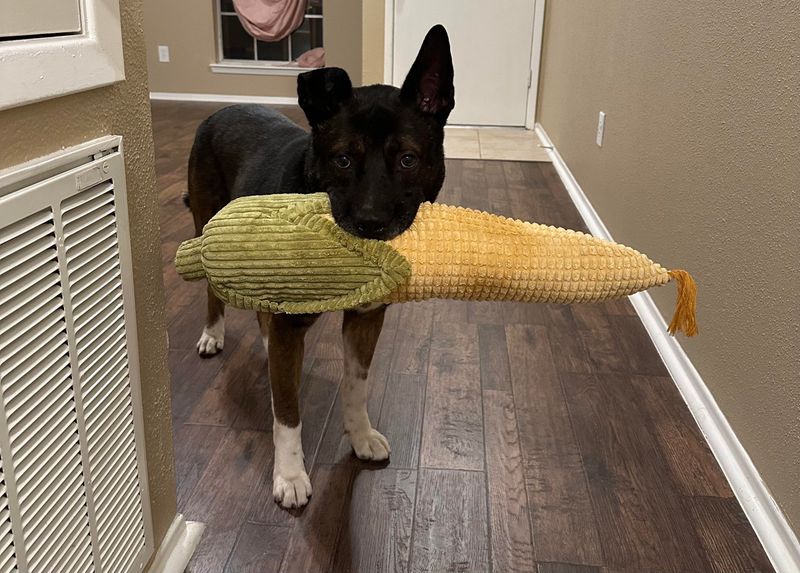
Incorporating playtime into your routine can help ease a scared dog’s anxiety. Use fun activities like fetch or tug-of-war to engage them outside the crate.
Playtime provides a positive distraction and encourages movement. Energetic games release pent-up energy and can help build confidence in exploring the surroundings.
Make sure to keep the play sessions enjoyable and stress-free, adapting to your dog’s comfort level. Over time, as they become more relaxed, they’ll associate the outside with fun and excitement, making it easier to leave the crate and join in the play.
Practice Gentle Touch
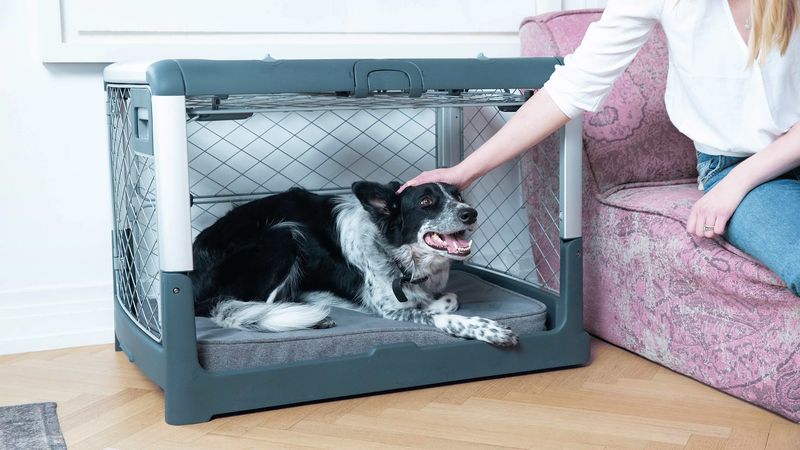
Gentle touch can soothe a scared dog and encourage them to leave the crate. Softly petting or massaging your dog near the crate can create a calming effect.
This physical reassurance builds trust, helping them feel safe and loved. The comforting touch can reduce anxiety, making them more willing to step out and engage.
Ensure your touch is gentle and consistent, avoiding any sudden movements. Over time, your dog will associate this soothing interaction with safety, becoming more open to exploring beyond the crate’s confines in search of affection.
Seek Professional Guidance
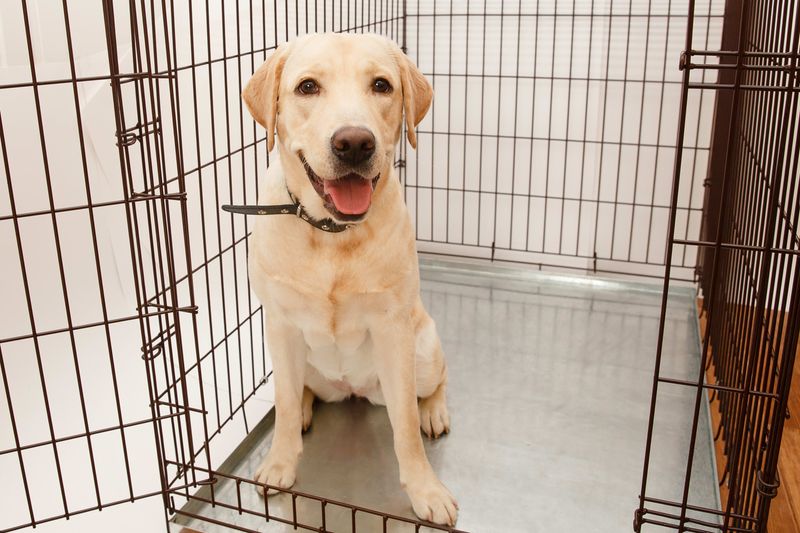
If your dog remains fearful despite efforts, seeking professional guidance might be beneficial. A qualified dog trainer or behaviorist can provide personalized strategies.
These professionals understand canine behavior and can tailor approaches to suit your dog’s specific needs. They can also identify underlying issues that might be contributing to the fear.
Working with a professional ensures that your dog receives the best support possible. This step can be transformative, helping them overcome their fears and gradually transition to feeling comfortable outside the crate. Don’t hesitate to reach out for expert assistance.

